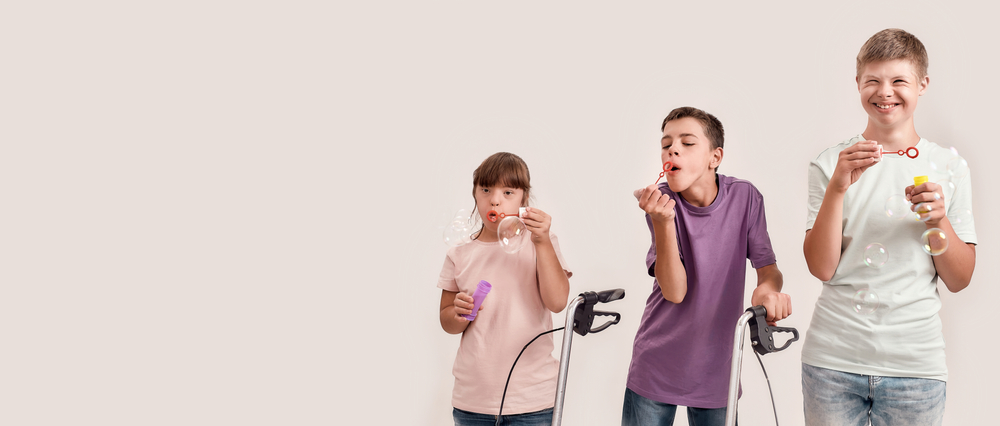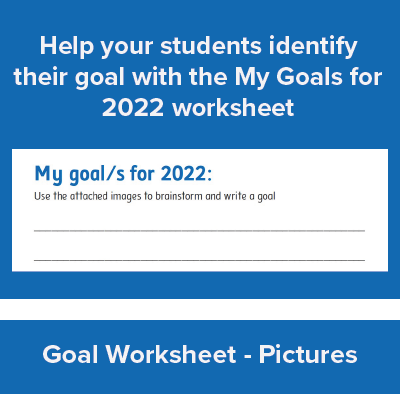January Newsletter | New Year, New Goals: Self-Monitoring for Success

New Year, New Goals: Self-Monitoring for Success
Self-awareness—the conscious understanding of one’s own character, actions, feelings, and impact on others—is an important skill for all of us. For people with autism and other developmental disabilities, however, learning to be self-aware can be both a crucial step in learning independence and an enormous challenge. Evidence-based strategies such as self-monitoring can educate and empower students to better know themselves and make positive changes in their own lives. As the new year is upon us, read on for ideas and strategies to help your students set and achieve new goals through self-monitoring.
Teaching Steps
As an evidence-based strategy, teaching self-monitoring applies the following process:
Determine the skill to be self-monitored. This could be a new goal (for instance, raising your hand before shouting out an answer) or an expansion of a previous goal (for example, read for five minutes while the previous goal was three minutes). In addition, tackling a more complex task such as learning a new hobby can be a valuable skill in which to engage in self-monitoring. For ideas on hobbies, consult our “All the Hobbies" social script.
Select a self-monitoring tool for tracking purposes. A checklist, like our My Self-Monitoring Chart, can be invaluable in this step. More on that in #5 below.
Define the skill to be tracked in terms that are specific and measurable. Specificity and measurability are key here—simply “doing better” or “improving” is not sufficient. In order to measure progress efficiently, tracking should set specific guidelines to be tracked (for example, “I sat in my chair for five minutes.”).
Establish criteria for success to identify when the goal or target has been reached. Like #3 above, specificity is important; timeframes, single behaviors, or a string of behaviors can be successful criteria.

Teach the student to self-record. One of the most important steps in teaching self-monitoring is teaching the student to self-record. Begin by using very specific checklists, like our Self-Monitoring Checklist, with predetermined goals and behaviors. As students progress, they can begin to exercise more independence in crafting their own checklists.
Provide ways for students to self-reward when criteria for success are met. Here is a wonderful place to employ positive reinforcement; by meeting their goal, students can choose their reinforcer (determined in advance). This helps to provide motivation throughout the process.
Finally, monitor the accuracy of self-reporting. Self-reporting is valuable for teachers as well as students. For teachers, assessing the accuracy of self-reporting can yield teachable moments, assessment data, and insights into students’ current state of learning.
Independence and Self-Monitoring
Beyond teaching self-knowledge and self-awareness, self-monitoring comes with the implicit an
d explicit goal of fostering learners’ independence. Instead of solely relying upon others for assessment, feedback, and reinforcement, self-monitoring grants students agency in this entire process. The results can be powerful—see for yourself what self-monitoring can bring in 2022!
